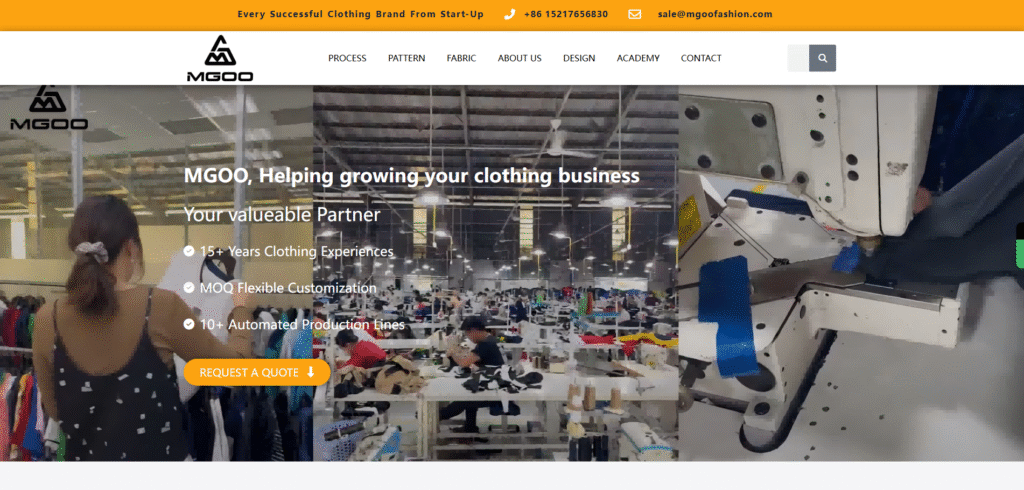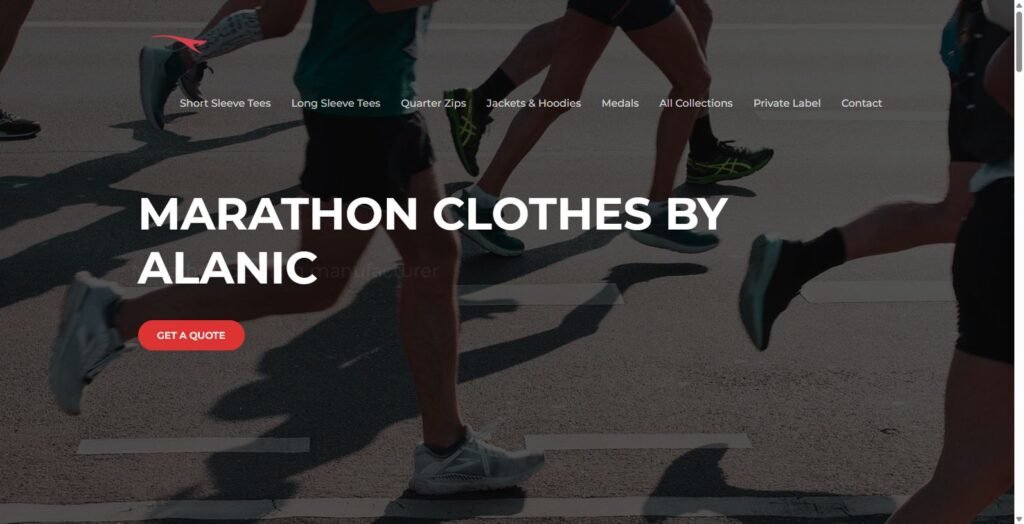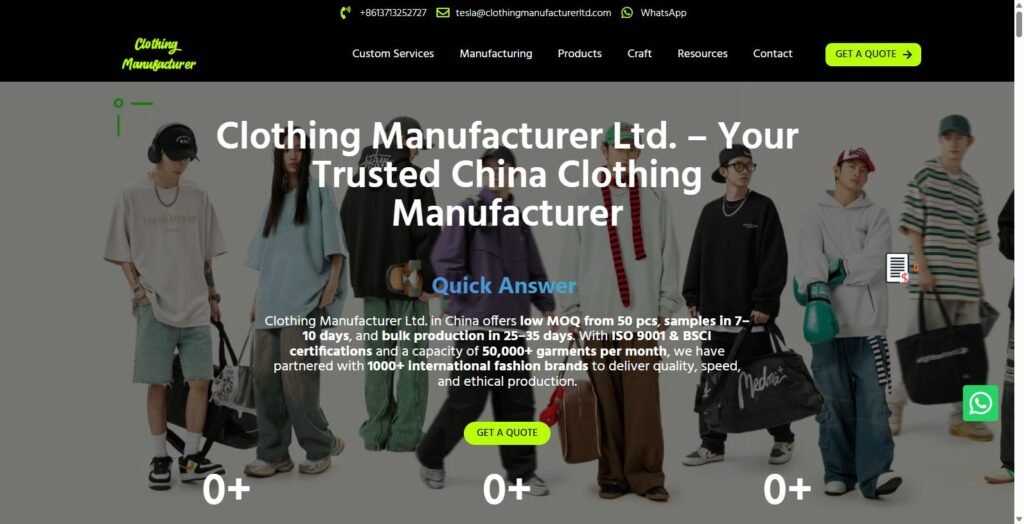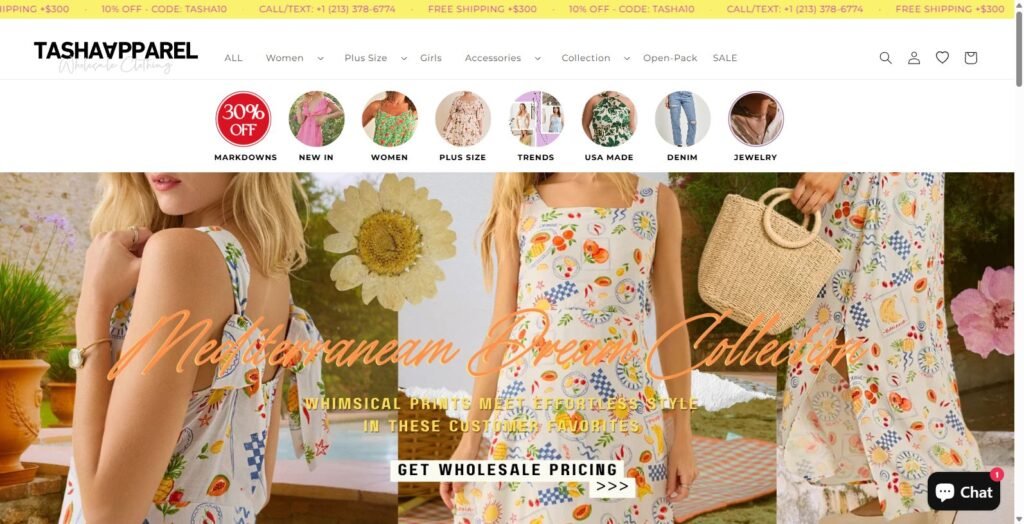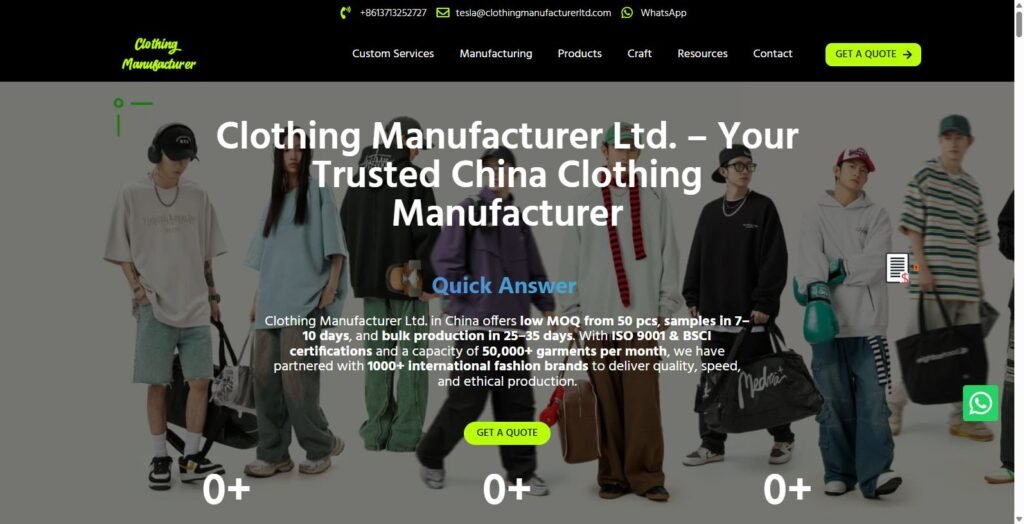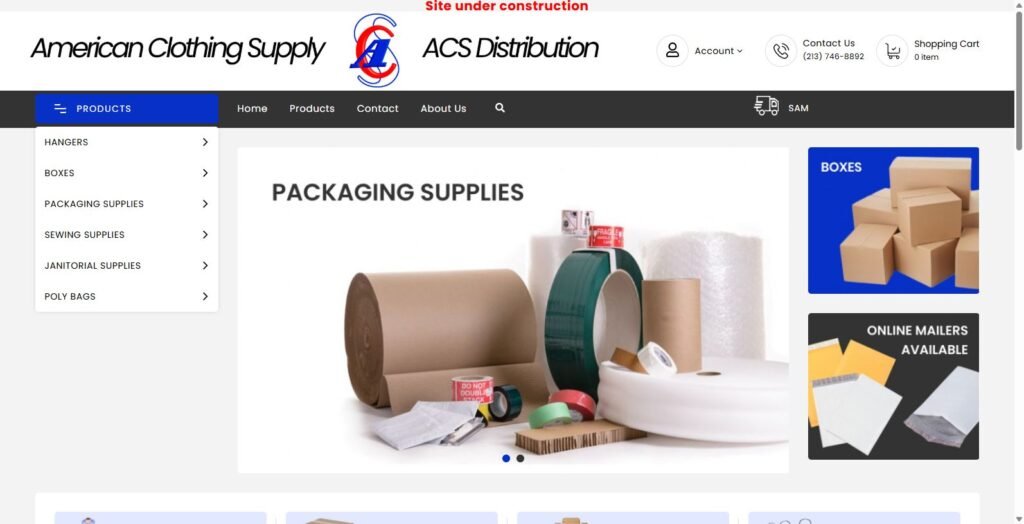A good tag is the final touch on your clothes. It turns a creative project into a product ready for sale. It shows customers you care about quality in every small detail.

This guide will walk you through the whole process. We will cover the types of tags you can make. We will talk about what information to include. We will also look at how to design them. Plus, we will help you decide whether to print them yourself or hire someone else.
By the end of this article, you will have a clear plan. You will be ready to print clothing tags that build your brand. Your customers will be impressed too.
Why Your Tags Matter
Clothing tags are more important than you might think. They are not just for showing the price. They are a key part of your brand.
A tag is something your customers can touch. It is a real piece of your brand. A high-quality tag makes your product feel more special. It makes it feel more valuable. It is a small detail that makes a big difference.
Tags also carry vital information. This includes how to care for the item. It includes details required by law. They are also a chance to tell your brand’s story. You can add a short message. Try “Handmade with love” or “Made from recycled materials.”
The Two Core Tag Types
Before you can print clothing tags, you need to know the main types. Understanding the difference helps you choose the right one. Most clothes use a mix of both types.
Sew-in/Iron-on Fabric Labels (The Insider)
These are the permanent labels inside your clothing. They stay with the item for its whole life. They include brand labels and care instructions. They also show size tags. Common materials are soft satin and natural cotton. Durable damask is another option. Their main job is to provide lasting branding. They also give essential information.
Hang Tags (The Storyteller)
This is the tag you see in a store. It is usually made of cardstock. It is attached to the item with a string or plastic fastener. Customers remove it before wearing the item. Common materials are thick cardstock and eco-friendly Kraft paper. Special textured papers work too. Hang tags grab attention. They show the price. They tell a bigger brand story.
Choosing Your Tag Strategy

A smart tag strategy uses different types of tags for different goals. You need to think about your budget. Consider your brand’s feel and your product type. Making the right choice early will save you time and money.
This table helps you compare your options. Use it to decide which custom tags are best for your clothes.
| Feature | Printed Fabric Label | Woven Fabric Label | Heat Transfer Label | Standard Hang Tag |
|---|---|---|---|---|
| Aesthetic/Feel | Smooth, vibrant colors | Premium, textured look | Seamless, modern, no feel | Versatile, informational |
| Durability | High | Highest | High | Removable |
| Typical Cost | $ | $$ | $$ | $ |
| Best For | Detailed logos, care info | Luxury branding, simple logos | T-shirts, athletic wear | Retail display, brand story |
| Key Consideration | Print clarity is key | Best for subtle detail | Comfort for the wearer | The first impression |
What to Print on Your Tags
Knowing what to print on your clothing tags is crucial. You need to balance brand style with legal rules. This checklist breaks down what you need to include.
Must-Haves (The Non-Negotiables)
- Brand Logo/Name: This is your signature.
- Fiber Content: State what the fabric is made of. For example, 100% Cotton.
- Country of Origin: Where the product was made. For example, Made in U.S.A.
- Care Instructions: Use standard symbols or text. Explain how to wash and dry. Many services that offer custom clothing tags and labels have pre-made care symbols you can use.
Should-Haves (The Brand Builders)
- Website or Social Media: Give customers a way to connect with you online.
- QR Code: Link to your brand story or a specific product page. You can also link to a special offer.
- Sizing Information: Clearly state the size. Use S, M, L, or number sizes.
Nice-to-Haves (The Extra Touch)
- Brand Slogan: A short phrase that people will remember about your brand.
- Ethical Note: A message about sustainable sourcing or ethical production.
How to Print Clothing Tags
You have two main paths to print clothing tags. You can do it yourself or use a professional service. The best choice depends on your budget and order size. It also depends on your quality needs.

The DIY Approach
The DIY method is great for very small batches. It works well for testing new designs. It gives you complete control over the process.
What You’ll Need:
* An inkjet or laser printer.
* Printable fabric sheets for sew-in labels. Or cardstock for hang tags.
* Scissors or a paper cutter for clean edges.
* Simple design software. Free options are available.
The Process:
1. Design your tag. Keep it simple and easy to read.
2. Put many tags on a single page in your software. This saves paper.
3. Print one test sheet. Check colors and alignment.
4. Print your full batch of tags.
5. Carefully cut the tags apart.
The main benefit is the low minimum order. You can print just one sheet. However, this method is slow. It may not make the most durable tags. The results may not look as professional either.
Professional Printing
Working with a professional printer is the best choice for quality. It is also best for efficiency, especially as you grow. They offer materials and finishes you can’t get at home.
What to Expect:
The process usually involves getting a price quote. You send your design file. You approve a digital sample before printing begins. This sample is called a proof.
Key Terms to Know:
* MOQ (Minimum Order Quantity): The smallest order a printer will accept.
* Turnaround Time: How long it takes to produce and ship your order.
* Die-Cutting: A process for creating custom shapes for hang tags.
* Proof: A digital preview of your tag for you to approve.
Pros include top-tier quality and a wide range of options. It also saves you a lot of time. Professional services for Custom hang tags can create unique shapes. These make your brand stand out. The main downsides are the upfront cost. You also need to order in bulk.
Pro Design Tips
Good design prevents printing errors. Following a few technical rules ensures your tags look perfect. They will also look professional.
File Format & Resolution

Always use vector files if you can. These are .AI or .EPS files. They can be scaled to any size without losing quality. If you must use pixel-based images, make sure they are clear. Use .JPG or .PNG files that are at least 300 DPI. DPI means dots per inch. This prevents a blurry result.
Color Mode
Your computer screen uses RGB color. Professional printers use CMYK color. Convert your files to CMYK before sending them to a printer. This ensures the colors look as you expect.
Typography & Legibility
Use clear, simple fonts. Avoid very small text, especially on fabric labels. Small text can be hard to read. Test your font sizes to make sure they are easy to read.
Bleed & Safe Zones
A bleed is a small extra border of your design. It extends past the cutting line. This prevents a white edge if the cut is not perfectly aligned. A safe zone is the area inside the cut line. Keep all important text and logos in this area.
Holistic Branding
Your branding doesn’t stop with the tag. You can use the same design ideas on the garment itself. Techniques like screen printing can create a unified look. For a unique, textured effect, consider working with a puff print hoodie manufacturer. They can coordinate all your branding elements. This includes everything from the tag to the print on the chest.
Conclusion: Weaving Your Story
We’ve covered the why, what, and how of creating professional clothing tags. You now understand the difference between tag types. You know what information to include. You also know how to choose between DIY and professional printing.
Remember, a clothing tag is a small detail with a huge impact. It is a messenger for your brand’s quality and story. Start with a clear strategy. Choose a production method that fits your goals. Learning how to print clothing tags well is a key step. It helps you build a successful clothing line.
For brands looking to combine tag printing with their entire production process, a full-service partner is the most efficient solution. Explore how we can help at Clothing Manufacturer Ltd.
Frequently Asked Questions (FAQ)
What’s the difference between printed and woven clothing labels?
Printed labels have the design put on top of the material. This can be satin or cotton. This allows for very fine details and even photos. Woven labels have the design woven directly into the fabric. This creates a classic, high-end feel. It is also very durable.
Can I print my own clothing tags at home to save money?
Yes, you can print tags at home. Use printable fabric sheets or cardstock. This is a good way to save money on very small orders. It also works for making samples. However, it takes a lot of time. The quality might not be as good as professional printing.
What is the best material to print clothing tags on?
For sew-in labels, satin polyester is a popular choice. It has a smooth surface for clear printing. It also feels soft against the skin. For hang tags, strong cardstock of 14 points or more works well. It gives a professional and sturdy feel.
How do I make sure the ink on my printed tags doesn’t wash out?
If you print at home, use ink and fabric sheets made for washing. For the best results, use a professional printer. They use special inks and methods. These are made to last through many washes without fading.
What is an MOQ and why is it important when ordering printed tags?
MOQ means Minimum Order Quantity. It is the smallest number of tags a printer will make for one order. This could be 100 or 500 pieces. It’s important because it affects your total cost. A higher quantity usually means a lower price per tag. But you have to order at least the MOQ.



